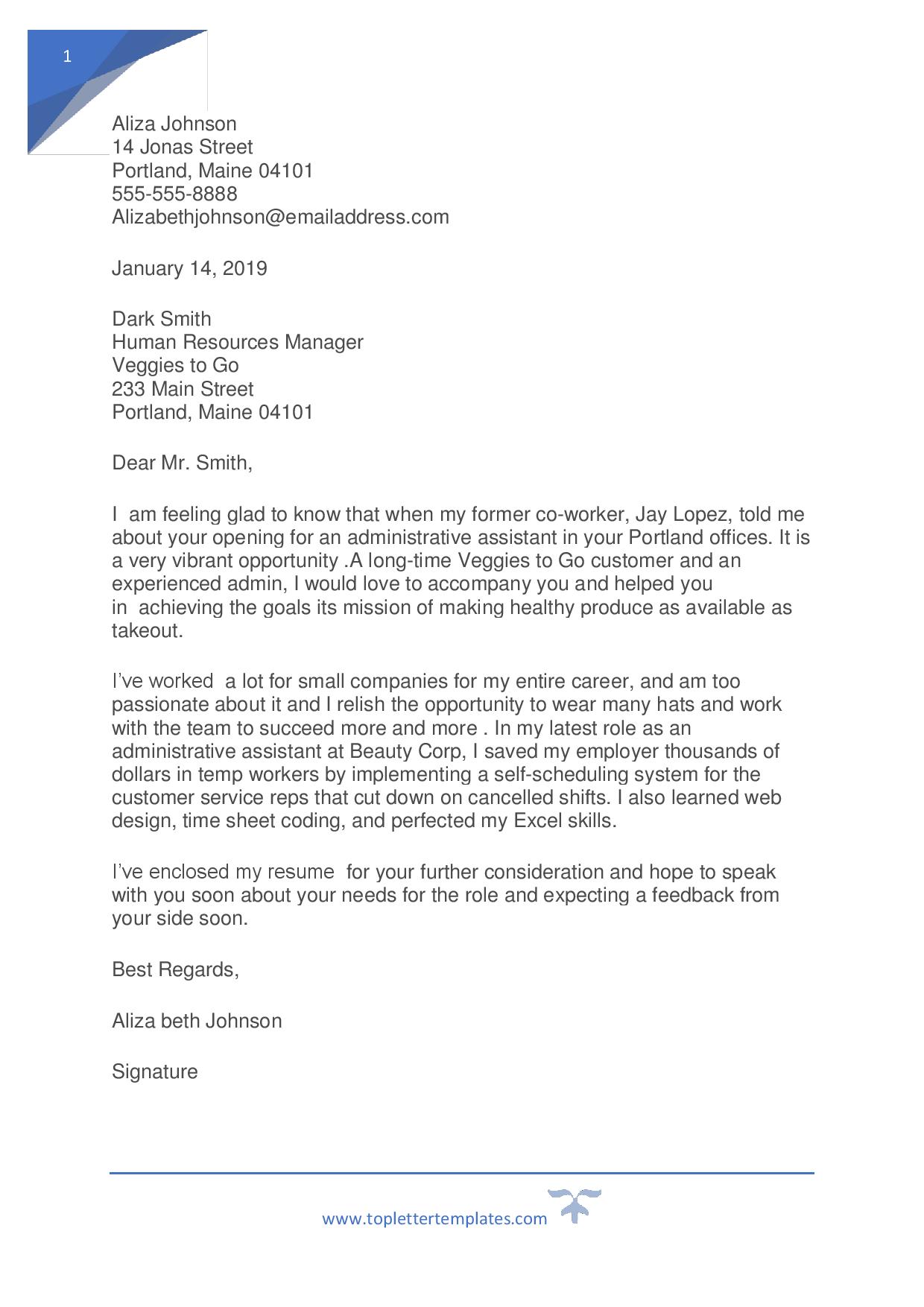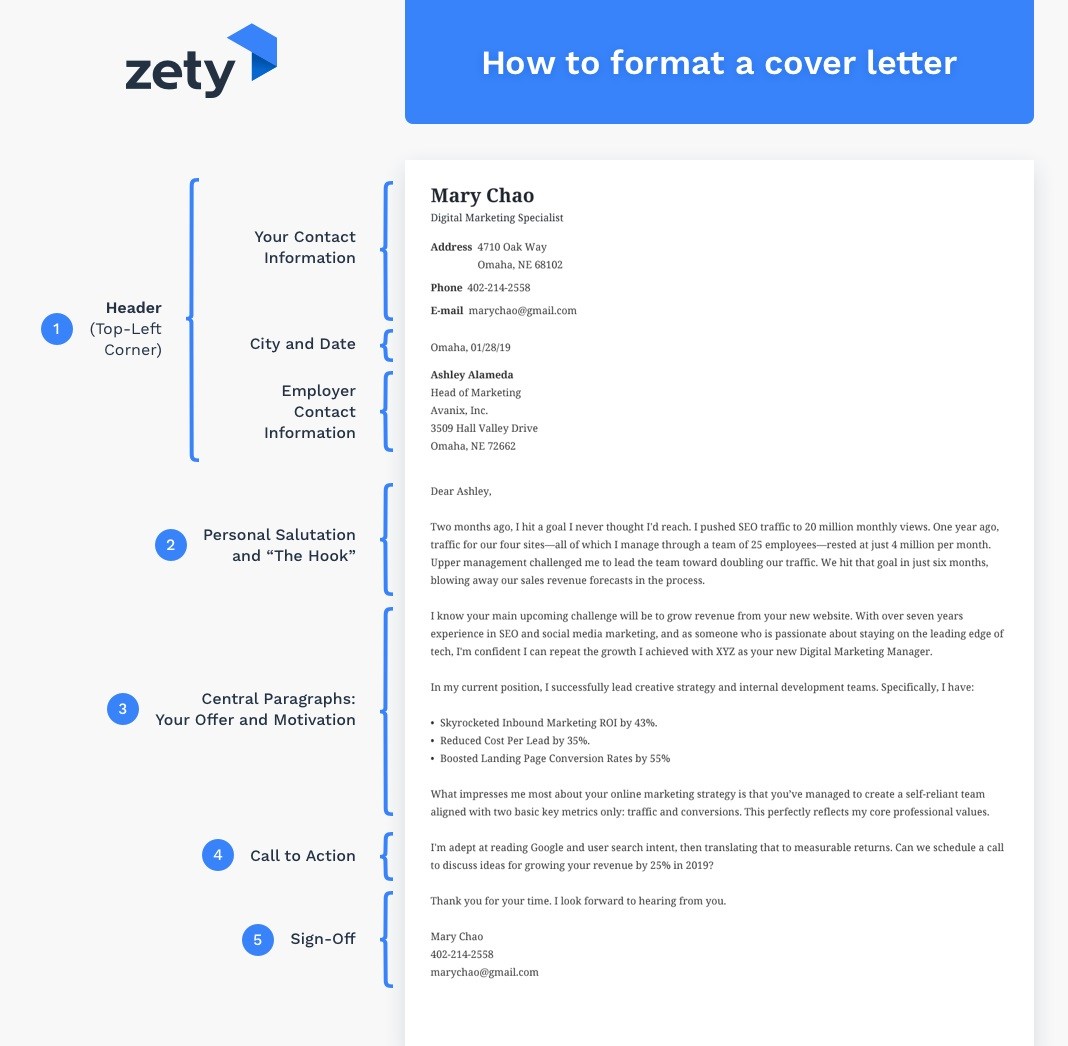

Each part will start two-to-five lines below the preceding part. 10.08 Consistencyįor uniformity and consistency, put the parts of the letter, as applicable, in the order in which they are presented below (see 10.09-10.25 Letterhead to Postscript). Enter a colon after the salutation (see 10.16 Attention line) and a comma after the complimentary close (see 10.20 Complimentary close). Punctuation must be consistent throughout the document and should be used only where clarity demands it. The maximum length of an address is six lines. If a letter contains two or more pages, use page numbering: an indicator (. . . /2) at the bottom of each preceding page, flushed right, and page numbers themselves, centred at the top of each page. If three or more pages are required, consider preparing a separate report for attachment to the letter. (i) of the Financial Administration Act, . . . .Ī letter should generally not exceed two pages. Subject to the limitations (. . .) clearly spelled out in section 92(1)( c).Subject to the limitations clearly spelled out in section 92(1)( c)(i) of the Financial.Quail, Deputy Minister, Public Works and Government Services Canada. As regards implementation, approval was given by Mr.Approval was given by Mr. Ranald A. Quail, Deputy Minister, Public Works and Government Services Canada.Names of people, numbers and dates should stay on the same line: Leave one blank line between paragraphs.ĭo not carry over fewer than three lines of text to a new page.
#Correct letter layout manual#
While recognizing that it may not be appropriate for all correspondence, the FIP Manual recommends five vertical spaces between the recipient’s address and the salutation, two between the salutation and the body of the letter and five between the complimentary close and the sender’s name. Do not justify the right margin otherwise distortions in spacing may occur. The left margin must be absolutely straight and the right one as straight as possible without splitting words too often. Margins may be adjusted to make a short letter appear longer or a long one look shorter. Some feel that this style lends a more personal touch. The first line of each paragraph in the body of the letter is indented. The complimentary close and signature block are at the bottom right. In the indent style the sender’s address, if not given in the letterhead, appears at the top right-hand corner with the date below it. Any future recommendations and directives on document layout issued through the FIP will take precedence over recommendations made in this chapter. Guidelines on layout, paper and envelope size, and related items may be found in the FIP Manual. Back to the note 1 The federal government authority for document layout is the Treasury Board, acting through the Federal Identity Program (FIP) in accordance with Chapter 470 of the Board’s Administrative Policy Manual.
#Correct letter layout full#
(The Board recognizes that the full block style may not be suitable for all types of correspondence.) In it all lines begin flush with the left margin, including the sender’s address, the date, the complimentary close and the signature, as illustrated in the example found in section 10.26 Model letter.

The one recommended by the Canadian government’s Treasury Board for administrative correspondence is the block style. Letters are laid out in two basic styles or variations thereof: the block style and the indent style. Hence a section on Electronic Mail has been included at the end of this chapter. This has had an impact on not only formatting, layout and editing but also the method of communicating written information itself. Since the first edition of The Canadian Style was written, the personal computer has replaced the typewriter. The layout of the document should be such that the reader can quickly determine who the sender and intended recipient are, when the document was written or sent, what it is about, and what follow-up, if any, is required of the recipient. The underlying principle of all forms of communication, not just letter writing, is the following: say what you have to say clearly and succinctly (see Chapter 13 Plain Language, "Plain Language"). + Elimination of Stereotyping in Written Communications.Name of person, title, name of organization.+ Hyphenation: Compounding and Word Division.


 0 kommentar(er)
0 kommentar(er)
